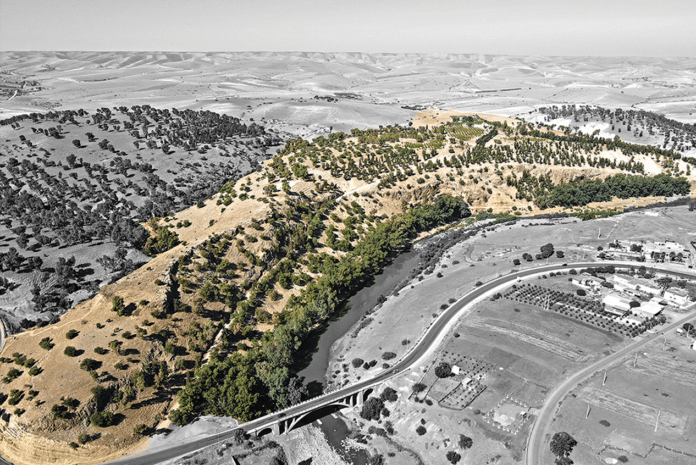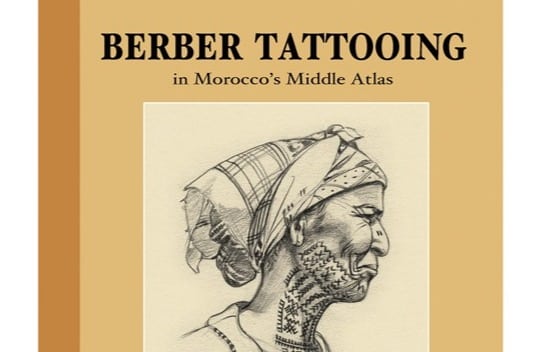A groundbreaking discovery has been made by the National Institute of Archaeology and Heritage Sciences (INSAP) in Rabat, Morocco, in collaboration with the Italian Institute for Heritage Sciences (CNR-ISPC) and the University of Cambridge. The team uncovered a massive agricultural complex dating back to 3400–2900 BCE in the village of Oued Beht, near Khemisset, Morocco. This site has been identified as the largest and oldest agricultural complex documented in Africa outside the Nile Valley.
This significant find highlights Morocco’s crucial role in the development of early societies in the Mediterranean and North Africa. The results of this research were published in the prestigious English journal Antiquity.
At the Oued Beht site, archaeologists uncovered an agricultural complex sprawling over nearly 10 hectares, comparable in size to Troy, an early Bronze Age city in ancient Greece. According to the researchers, this site provides new insights into settlement patterns in the Maghreb between the fourth and third millennia BCE, shedding light on the region’s importance in Mediterranean history.
This new discovery is the result of a collaborative effort between INSAP, the CNR-ISPC in Italy, the McDonald Institute for Archaeological Research at the University of Cambridge, and the Italian Institute for the Middle and Far East (ISMEO). The complex dates back to the Late Neolithic period (3400–2900 BCE), a time that was previously poorly documented in Northwest Africa.
The discovery sheds light on an undocumented era in prehistoric North Africa. Although the region’s significance in the Paleolithic, Iron Age, and Islamic periods is well-established, there is a notable gap in knowledge about the time between 4000 and 1000 BCE. To fill this void, archaeologist Youssef Bokbot (INSAP, Morocco), along with Cyprian Broodbank (University of Cambridge, UK) and Giulio Lucarini (CNR-ISPC and ISMEO, Italy), conducted multidisciplinary research at Oued Beht.
The team unearthed evidence of domesticated plants and animals, as well as a wealth of archaeological artifacts, including colorfully decorated pottery, polished axes, grinding tools, and various stone tools. They also found a significant number of storage pits and deep granaries, likely used for storing agricultural produce.
The findings from Oued Beht also suggest strong connections with contemporary sites on the Iberian Peninsula, with items such as ivory and ostrich eggshells pointing to interactions between Africa and Europe via the Strait of Gibraltar. These results highlight the Maghreb’s pivotal role in the development of trade networks and cultural exchanges across the Mediterranean during the fourth and third millennia BCE.
For over a century, the absence of documented prehistoric sites from 4000 to 1000 BCE along the coasts of North Africa has puzzled archaeologists. This period is in contrast to the dynamic cultural and social developments in the northern Mediterranean, which saw the emergence of large fortified sites during the Iberian Copper Age. The authors of the research note that the discovery of Oued Beht shows that this gap in knowledge is not due to a lack of archaeological evidence, but rather limited attention to this region and its historical phases.
This study is part of the Oued Beht Archaeological Project (OBAP), an international, multidisciplinary initiative launched in 2021 under a scientific cooperation agreement between INSAP (Morocco), CNR-ISPC (Italy), the McDonald Institute for Archaeological Research at the University of Cambridge (UK), and ISMEO (Italy).
Article Reference:
Oued Beht, Morocco: a complex early farming society in north-west Africa and its implications for western Mediterranean interaction during later prehistory – Cyprian Broodbank, Giulio Lucarini, Youssef Bokbot, et al. Antiquity 98 (402).
DOI: study

















